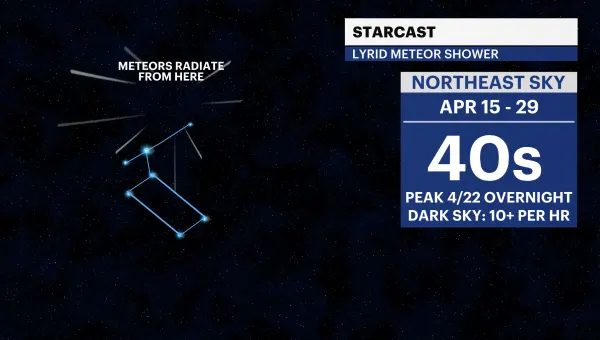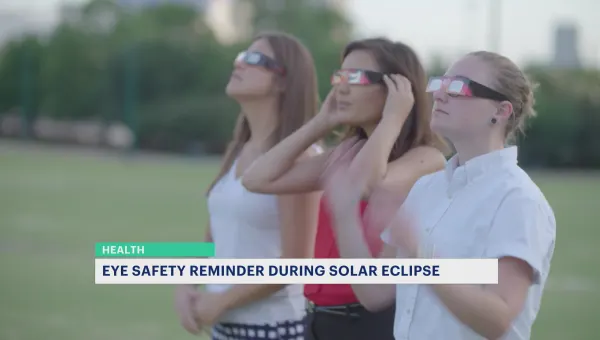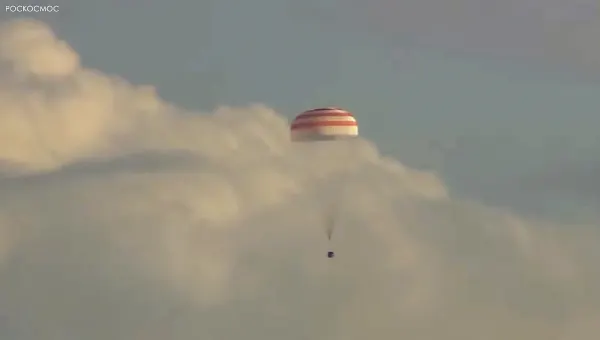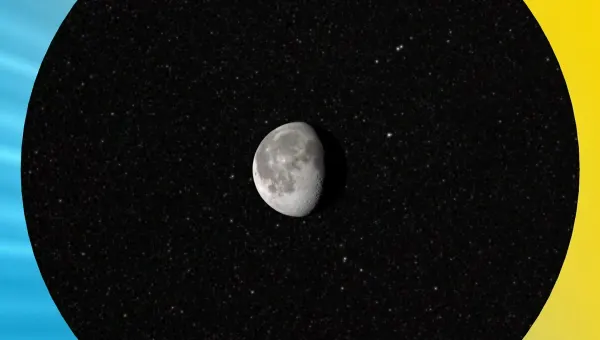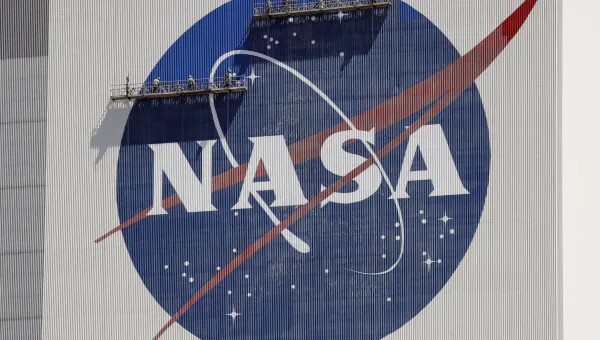A total solar eclipse will happen on Monday. Here’s what you should know.
Monday’s total solar eclipse will happen along Mexico’s Pacific coast and cross into the United States, before exiting over Canada.
Share:
More Stories
1:06
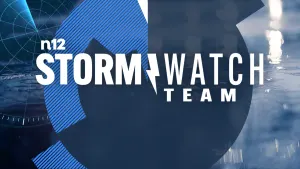
LIVE BLOG: News 12 weather updates
9h ago2:16
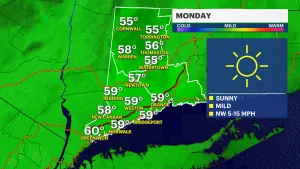
Sunny and mild Monday for Western Connecticut
10ds ago1:48
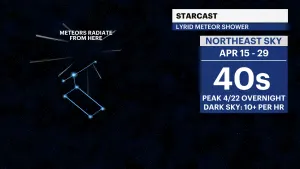
Look up! Lyrid meteor shower returns to the tri-state area
15ds ago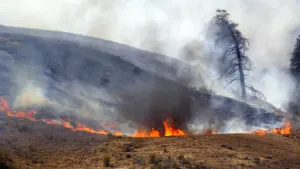
Guide: Tips to prevent fires during red flag warning
23ds ago2:42
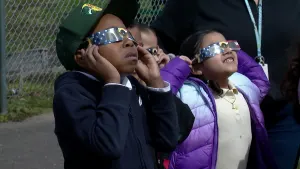
People gather in Bridgeport to watch the eclipse as scientists study how it impacted animals at the Beardsley Zoo
23ds ago1:33
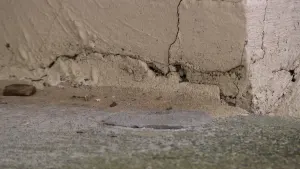
Earthquake aftermath: Safety inspectors check Greenwich’s Central Middle School
25ds ago1:06

LIVE BLOG: News 12 weather updates
9h ago2:16

Sunny and mild Monday for Western Connecticut
10ds ago1:48

Look up! Lyrid meteor shower returns to the tri-state area
15ds ago
Guide: Tips to prevent fires during red flag warning
23ds ago2:42

People gather in Bridgeport to watch the eclipse as scientists study how it impacted animals at the Beardsley Zoo
23ds ago1:33

Earthquake aftermath: Safety inspectors check Greenwich’s Central Middle School
25ds agoGet ready! There's exciting celestial news happening on Monday. It's a solar eclipse and for some parts of the country, it will be a total solar eclipse. This will occur exactly six years, seven months and 18 days since the last one in 2017. Did you see that one? Well, in case you missed it – this time around it should be even better for us.

The tri-state area will not be in the path of totality, but it’s close. Totality will occur about a five or six-hour drive away from here. For us, we'll see about 90% of the sun get covered by the moon. The sun will actually look like a thin crescent during the peak. It’s not 100%, but if the weather cooperates, it will be something fun to witness.
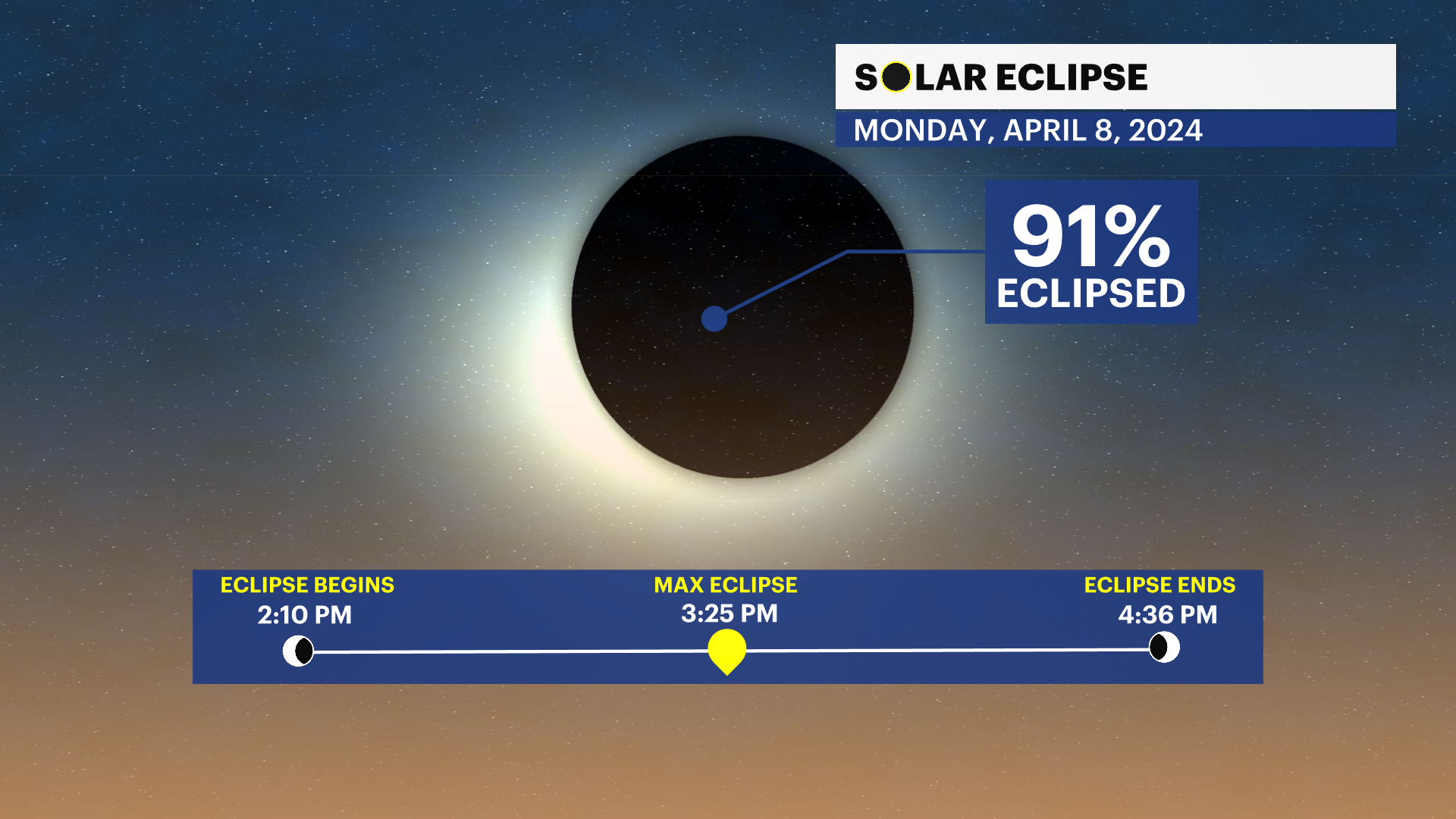
The new moon will be positioned precisely between the Earth and the sun, casting its shadow back on Earth. It also helps that the moon is in perigee the day before and this will enable the shadow to cover the entire disc of the sun. That's why it's called a total eclipse. Sometimes the moon doesn't completely cover the sun and that's called an annular eclipse.
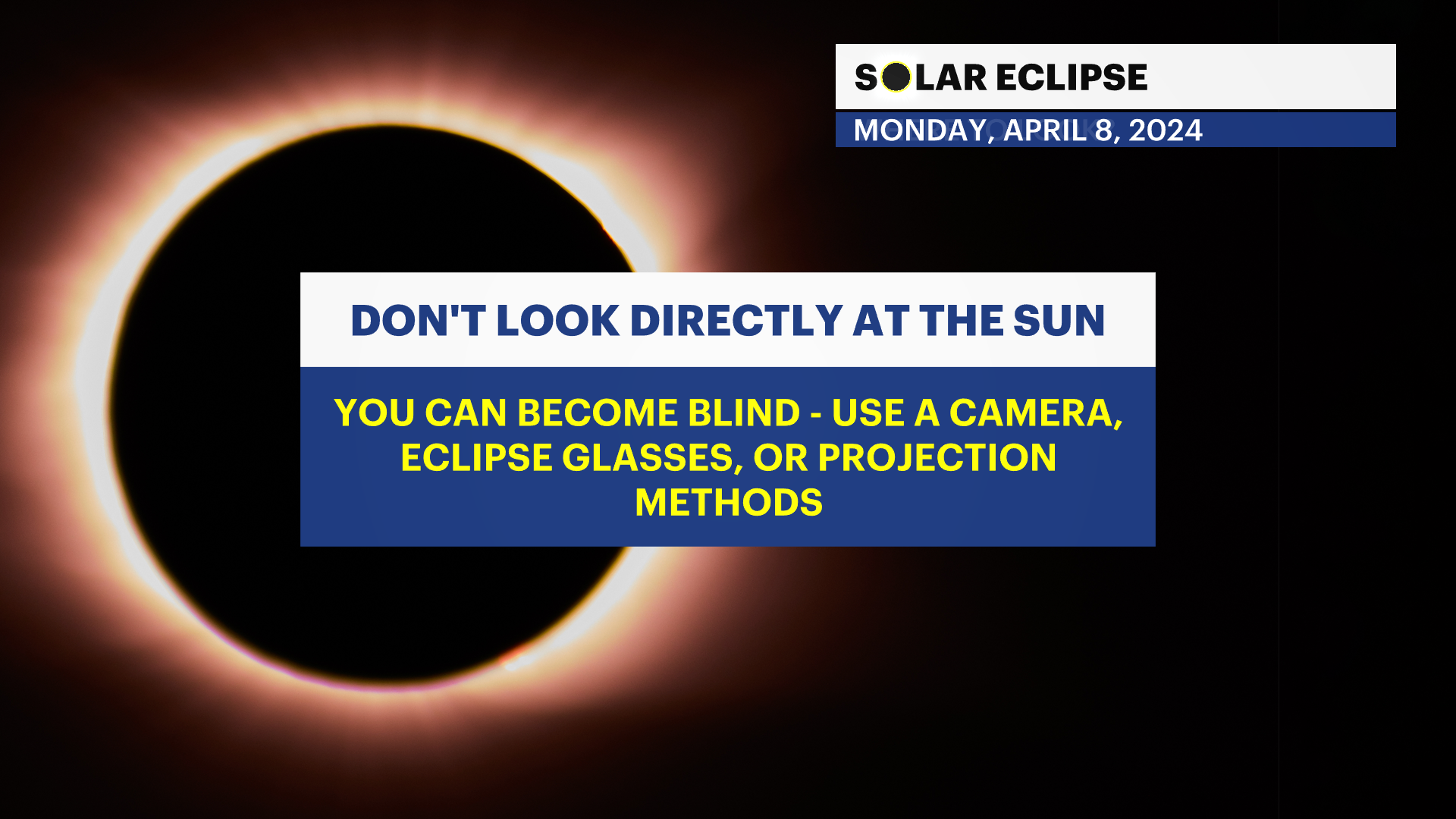
So what’s so special about this one? Well even though we won’t be in the path of totality, other parts of the country will be. Here's a little bit about what those folks will see. The narrow path will start over New Mexico and stretch across the country to New Foundland, Canada. It’s the longest totality on land for over a decade. The sun’s corona is also expected to be quite large because it's very active right now. It’s close to its solar maximum which happens every 11 years. You can only see the corona during a solar eclipse and when you're in the path of totality. Another treat will be seeing planets! Venus and Jupiter will become visible near the sun for those 3-4 minutes of totality.

Keep those eclipse glasses on and don’t look directly at the sun without them. We will need to keep them on the whole time here in the tri-state area. Since the sun won’t be entirely covered up by the moon’s shadow, that tiny leftover sliver is still very bright and can cause eye damage.

Eclipse glasses aren't just required for us but for our phones or cameras, too. Any device you might want to use will need a solar filter. Another way to view would be indirectly by using a colander and looking at the ground to see the changing shapes or by making a pinhole viewer.
MORE LINKS
